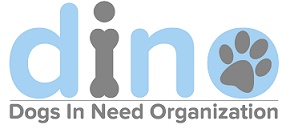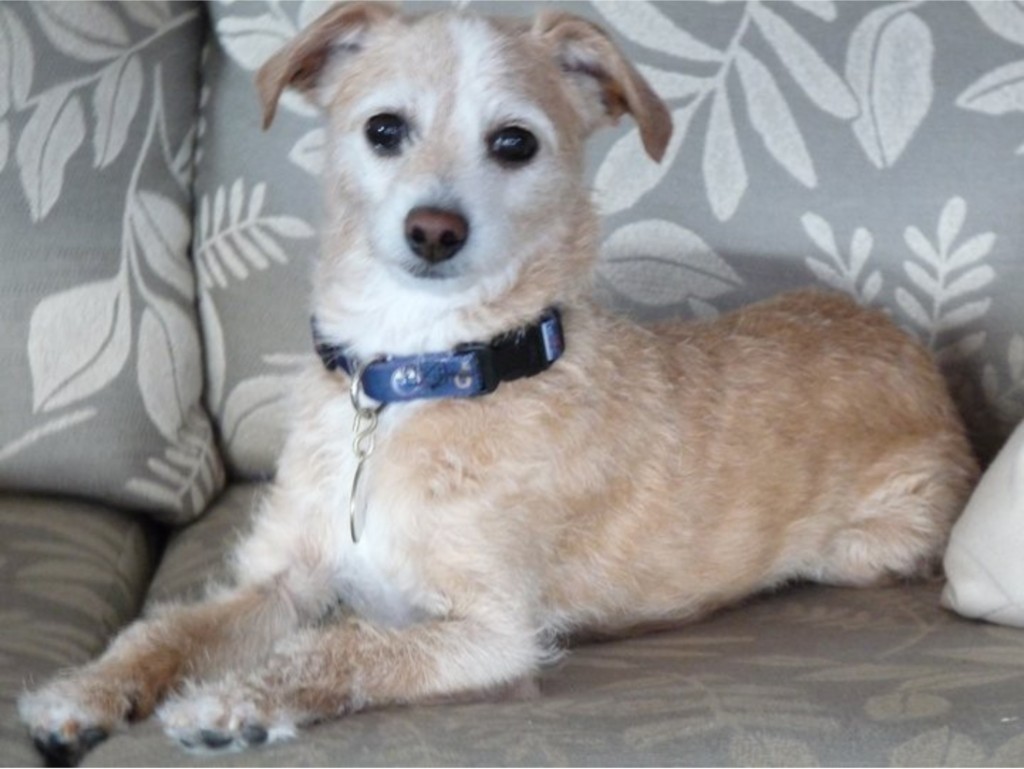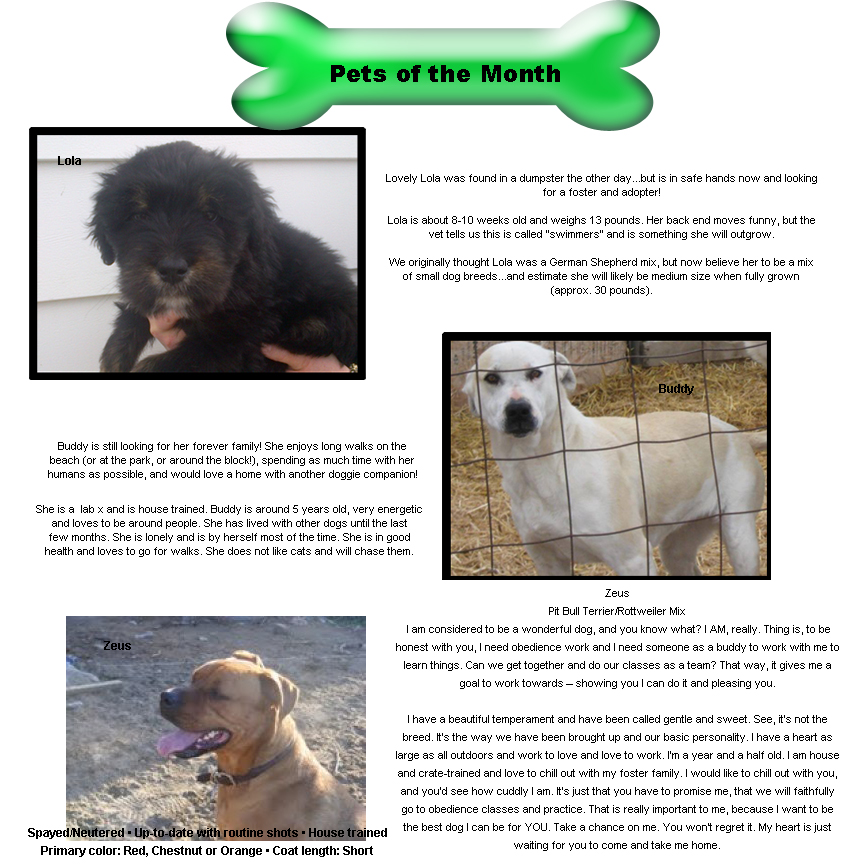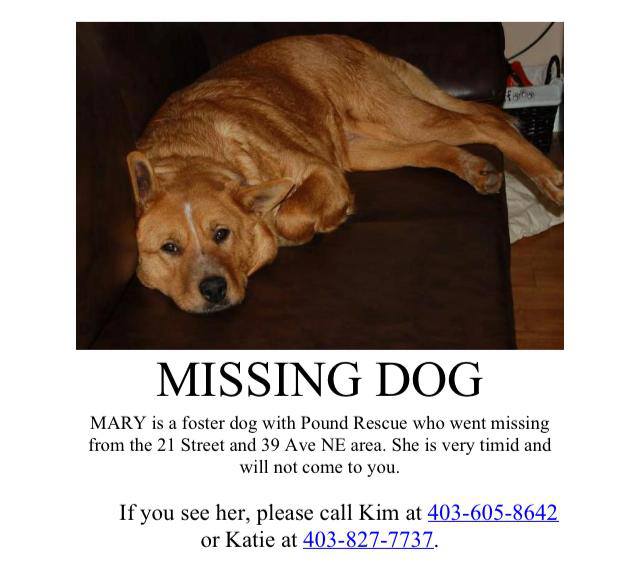MISSING-since June 2011 but family is still looking
If you have found or know someone who has please give the family a call. They desperately want her back. Please click on the above link to find out more information (Poster May 2013).
Pet Insurance
Does your cat or dog hold a special place in your heart? Do you consider them one of the family? Have you thought about pet insurance? When it comes to our pet’s health we would almost do anything to keep them by our sides forever – which may include a very expensive veterinary bill. I wish my family and I would have thought about looking into pet insurance when our dog Stamp had come close to death.
So, if you are looking into pet insurance then think about the following:
1. The insurance provider-they should clearly spell out to you the details, which include the limitations and exclusions for coverage. Including wellness/routine visits and emergency treatments that may require extensive care. Find out if your premiums will increase if you make any claims.
2. Pet policies usually have deductibles, co-pays and caps that can limit how much will be paid out annually.
3. Pre-existing health problems and hereditary conditions, like hip dysplasia in retrievers and German shepherds may be excluded. This depends on the insurance company. For example, Embrace Pet Insurance covers hereditary and chronic conditions.
4. The older your pet may be the more in premiums you may have to pay. (some insurers don’t cover pets older than 9).
5. You may be able to get a multiple pet discount.
6. Many insurance companies will allow you to choose the veterinarian who will provide care for your pet.
7. Pet insurance plans are mostly reimbursement plans. So, make sure you look into how the claims are processed and how long it will take to receive your reimbursement.
8. If you are not able to cover the expense upfront ask your veterinarian about payment options that can be flexible.
Check the following website: http://www.petinsurancereview.com/
Health related situations that can affect your pet.
These are a few situations that can affect your four-legged friend.
Heartworm Disease: a life-threatening parasitic infection that invades the hearts and lungs of dogs. Because heartworms are spread solely by the mosquito, any dog exposed to mosquitos is at risk.
Fleas: The flea is a tiny wingless insect with a hard and laterally flat body designed to easily navigate through pet hair. The flea also has legs designed for jumping great distances and mouthparts designed to suck blood. This external parasite feeds upon the blood of a host. They can cause the following:
- Flea Allergic Dermatitis: Itching due to fleas is the result of a localized allergic reaction. Some animals are more sensitive than others, so flea bites can lead to severe itching, irritation, major skin infections in some pets.
- Tapeworm infection (Dipylidium caninum): This type of tapeworm can be contracted by animals or humans after accidental ingestion of an infected flea. Flea larva often ingest the microscopic tapeworm eggs, causing adult fleas to be carriers.
- Anemia: If enough fleas infest the host, it is possible for the host animal to lose enough blood to become anemic. Small puppies and weak or sickly dogs are especially at risk. If not caught soon enough, a dog can easily die or suffer other medical complications as a result of anemia.
Ticks: are bad news because they may transmit diseases and even cause anemia or paralysis. Ticks are parasitic arthropods that feed on the blood of their hosts. They are attracted to warmth and motion, often seeking out mammals – including dogs.
The symptoms of most tick-borne diseases include fever and lethargy, though some can also cause weakness, lameness, joint swelling and/or anemia. The following are some of the most common tick-borne diseases:
- Lyme disease
- Ehrlichiosis
- Rocky Mountain spotted fever
- Anaplasmosis
- Babesiosis
Recipe of the Month
Basic Dog Biscuits
These basic biscuits can be customized to cater to your canine’s palette.
Ingredients:
-
2 1/2 cups whole wheat flour (substitute regular flour or oats if your dog is sensitive to wheat)
- 1 tsp. salt ( or less)
- 1 egg
- 1 tsp. beef or chicken bouillon granules (can substitute beef or chicken broth/stock)
- 1/2 cup hot water
Optional Add ins:
- bacon or chicken broth, eggs, oats, liver powder, wheat germ, shredded cheese, bacon bits
Directions:
- Preheat oven to 350 degrees
- Dissolve bouillon in hot water
- Add remaining ingredients
- Knead dough until it forms a ball (approximately 3 minutes)
- Roll dough until 1/2 inch thick
- Cut into slices or bone shapes ( you can purchase a bone shaped cookie cutter to make shapes with)
- Place dough pieces on lightly greased cookie sheet
- Cook for 30 minutes
Dog Nutrition Cont’d
Canned vs Dry Food
Canned foods tend to have a higher quality of protein and more of it with less fillers and preservatives. But, dry food is just as nutritionally balanced even though it may contain meat by-products. Dry dog food allows dogs to satisfy the urge to chew and for taking the tartar off of their teeth. Dogs that are not able to chew dry food because of delicate gums or missing teeth, then yes, wet food is the way to go. Even though, dry dog food is less expensive and easier to store, it does have more calories and carbohydrates compared to wet canned food. But , IT IS YOUR CHOICE.
Man’s Best Friend – Save A Life: Learn Pet First-Aid
An article written by Krista DeCarle for Citizen Pet-Journal of Animal Companionship
“The greatness of a nation and its moral progress can be judged by the way its animals are treated”-a famous quote by Mahatma Gandhi
In a day and age where there is a growing need for caring and compassion in our society, people are volunteering, donating money and supporting charities more than ever. We are all looking for more ways to give back to society and one of those ways is caring for the animals that are in our lives and more specifically, learning pet first aid. Imagine if you came across an emergency situation involving someone’s pet. If you were skilled in pet first aid, you would be in a position to help that person’s pet and maybe even save its life. There is nothing worse than feeling totally helpless in an emergency situation whether it involves people or animals.
And it doesn’t always have to be an emergency situation either. Knowing pet first aid can help you and others in day-to-day situations such as determining whether or not a pet should seek immediate veterinary care or helping a pet with minor cuts and scrapes.
By learning pet first aid you evolve as a person. You are adding to your worth in society by learning a skill that not everyone knows but should. Learning pet first aid is just one way to strengthen the bond our animal companions and help live up to Gandhi’s vision of a great nation.
Why do dogs shed? How can I reduce dog shedding?
By Jenna Stregowski, RVT, About.com Guide
Question:
Answer:
Volunteers of the Month
Ry and Vicky are our volunteers of the month. They are both welders who reside in Airdrie, AB. Ry and Vicky started volunteering for D.I.N.O about 4 months ago.
The first pup they rescued was Shelly. She was a mess. Shelly had been abused, her muzzle was taped shut to stop her from barking, never trained even to do her business outside. The night they got her, Shelly was on some sort of drug (they only had assumption at that point) and ran Vicky’s house into a hurricane zone to the point where Vicky had to stay home the next day. Lucky D.I.N.O was able to find her a place where she was trained and re-homed in a matter of days.
Wrestler, their second rescue was one of the best puppies they had ever met. At 13 weeks old, he already new to do his business outside. What a breath of fresh air. Wrestler was super cuddly during the day and slept through the night or sometimes drove their Doberman Hades nuts. It was alright with them.
Ry and Vicky truly look forward to continuing their fostering relationship with D.I.N.O and hope to help out as much as they can.
D.I.N.O TRULY NEEDS MORE PEOPLE LIKE VICKY AND RY. Would you like to foster for D.I.N.O? Then please give them a call.
Volunteer Opportunities:
ADOPTIONS COORDINATOR. Duties will include making initial contact with adoption applications and staying in touch with the applicants throughout the adoption process. This position requires access to email and telephone, and will vary in the time requirement, depending on how many applications are received.
The second position is for a FOSTER TEAM MEMBER who will conduct phone interviews with potential fosters to ensure they can provide safe and loving homes to our dogs. The phone interviews generally take between 15-30 minutes and can be scheduled at times that work for you. Again, the time requirement will vary, based on the number of applications received, and you will need access to email and telephone.
If you are interested in helping, please email dinorescuevolunteer@gmail.com
For the Rescuers
Once I was a lonely dog, just looking for a home. I had no place to go, no one to call my own. I wandered up and down the streets, in rain in heat and snow. I ate whatever I could find, I was always on the go. My skin would itch, my feet were sore, my body ached with pain. And no one stopped to give a pat or a gently say my name. I never saw a loving glance, I was always on the run. For people thought that hurting me was really lots of fun. And then one day I heard a voice so gentle, kind and sweet, and arms so soft reached down to me and took me off my feet.“ No one again will hurt you,” was whispered in my ear. “You’ll have a home to call your own where you will know no fear.“ You will be dry, you will be warm, you’ll have enough to eat. And rest assured that when you sleep, your dreams will all be sweet.” I was afraid I must admit, I’ve lived so long in fear. I can’t remember when I let a human come so near. And as she tended to my wounds and bathed and brushed my fur, she told me about the rescue group and what it meant to her. She said, “We are a circle, a line that never ends. And in the centre there is you, protected by new friends.“ And all around you are the ones that check the pounds, and those that share their home after you’ve been found.“ And all the other folk are searching near and far to find the perfect home for you, where you can be a star.” She said, “There is a family, that’s waiting patiently, and pretty soon we’ll find them, just you wait and see.“ And then they’ll join our circle they’ll help to make it grow, so there’ll be room for more like you, who have no place to go.” I waited very patiently, the days they came and went. Today’s the day I thought, my family will be sent. Then just when I began to think it wasn’t meant to be, there were people standing there just gazing down at me. I knew them in a heart beat, I could tell they felt it too. They said, “We have been waiting for a special dog like you.” Now every night I say a prayer to all the gods that be. “Thank you for the life I live and all you’ve given me.“ But most of all protect the dogs in the pound and on the street. And send a Rescue Person to lift them off their feet.” Arlene Pace September 18, 1998DINO Rescue is pleased to offer boarding for $20 per day. Preference will be given first to our adopters, but we will happily accommodate others if space allows.
Please contact us for further information on our boarding! Thank you from the DINO Rescue team!



